Pergamon was one of the most prominent urban centres in the classical world – seat of the Hellenistic royal dynasty of the Attalids and sprawling Roman city. Politically significant in 3rd–1st century BC, the city was in addition a cultural and religious centre with a famous library, impressive architecture and works of art, and the internationally frequented sanctuary of Asklepios.
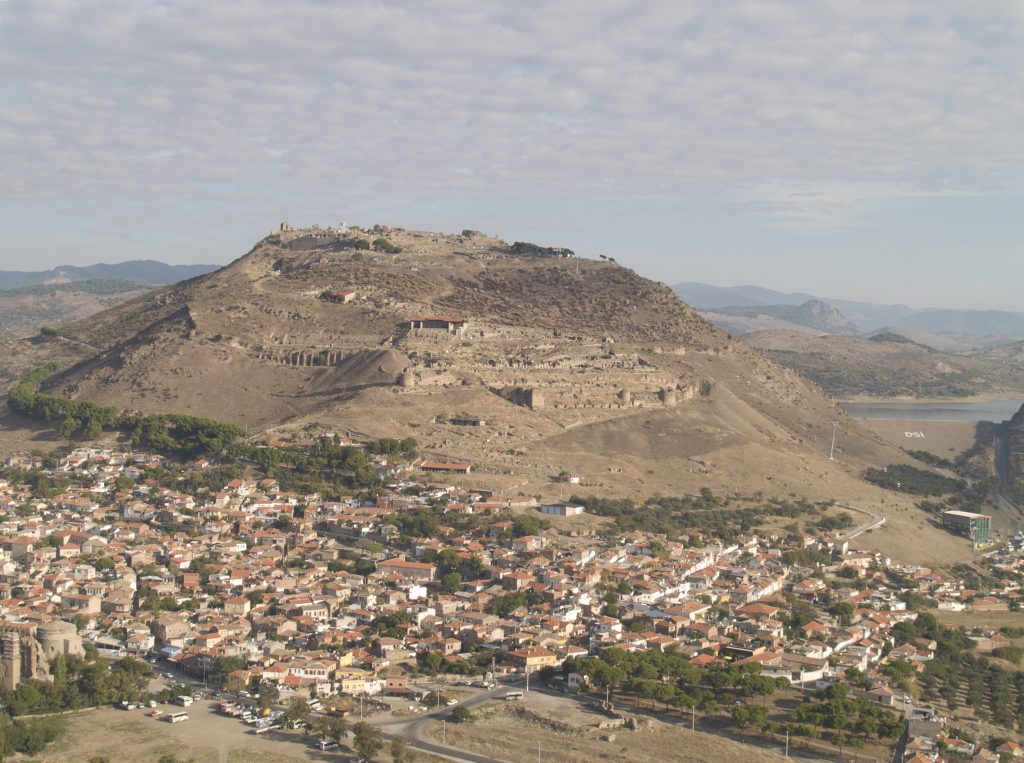
For over 140 years, German archaeologists have worked at the site of the Hellenistic royal capital and later Roman city on the west coast of Turkey. In 1878 the German engineer Carl Humann, commissioned by the Royal Museums of Berlin, began recovering remnants of the frieze from the Altar of Zeus. Today the activities of the DAI’s Istanbul department centre on research into the city as a whole including its necropolises and the surrounding area as well as on the preservation and presentation of the monuments.
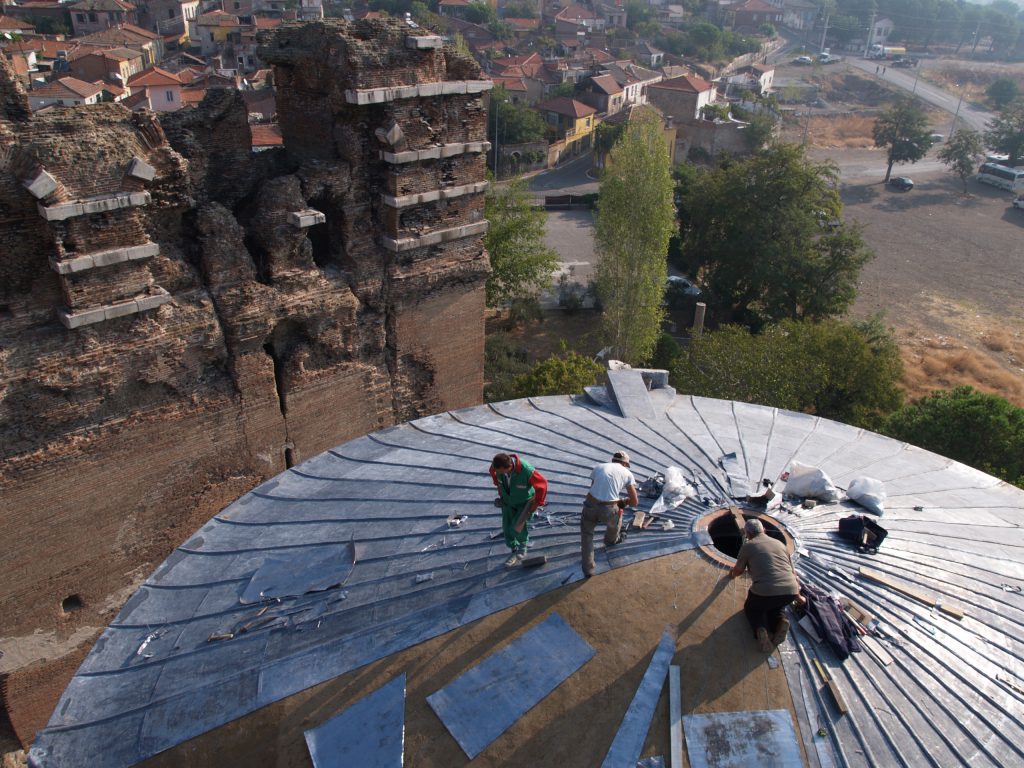
The cupola of the Red Hall of Pergamon is covered with protective lead sheeting (Photo: M. Bachmann, DAI Archiv Pergamongrabung) 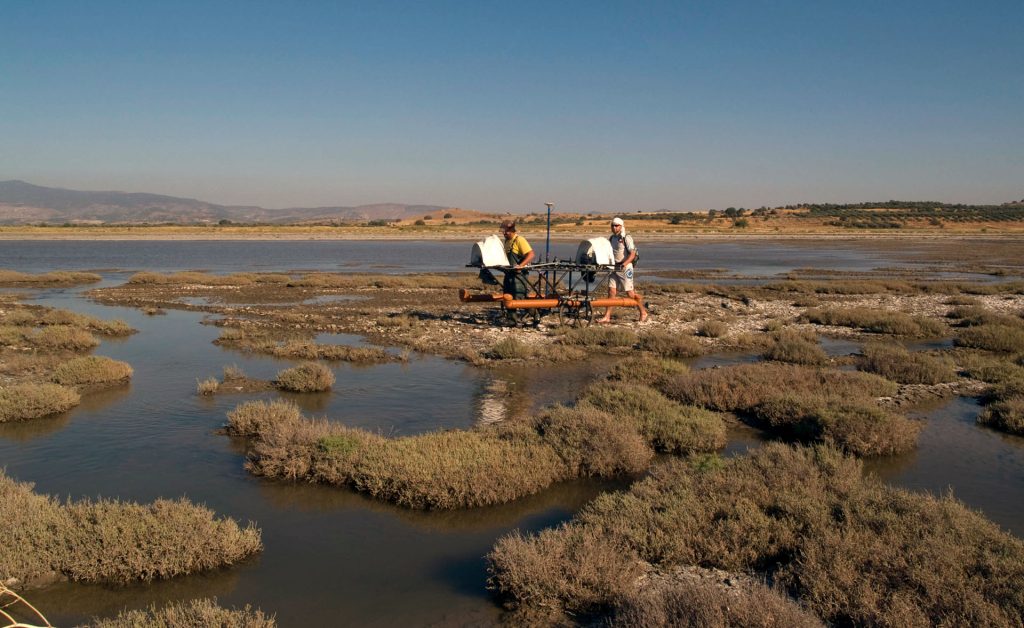
Geophysikalische Untersuchungen in Elaia 2008 
Baudenkmalpflege im Gymnasion 2017 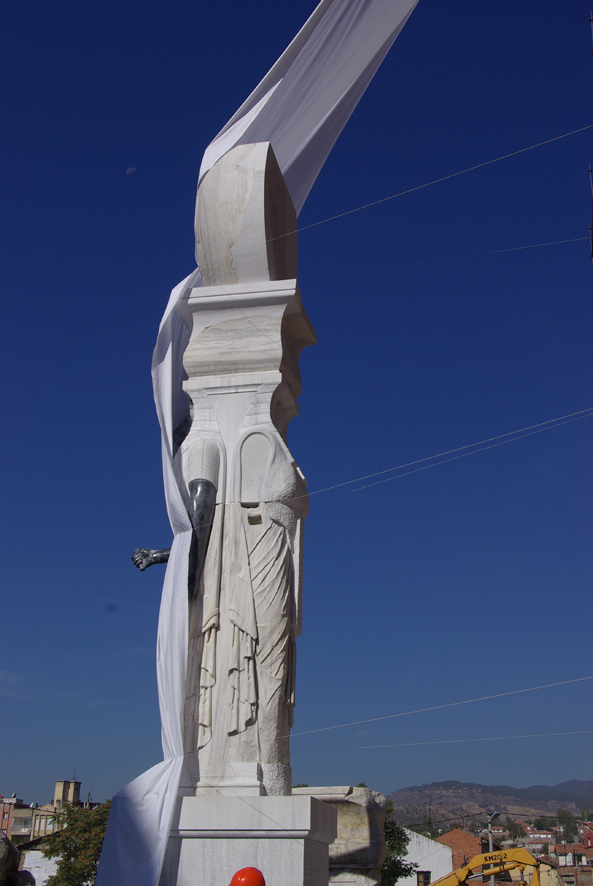
Unveiling of the great Sekhmet statue in Bergama on 26 Sept. 2013 (Photo: A. Weiser) 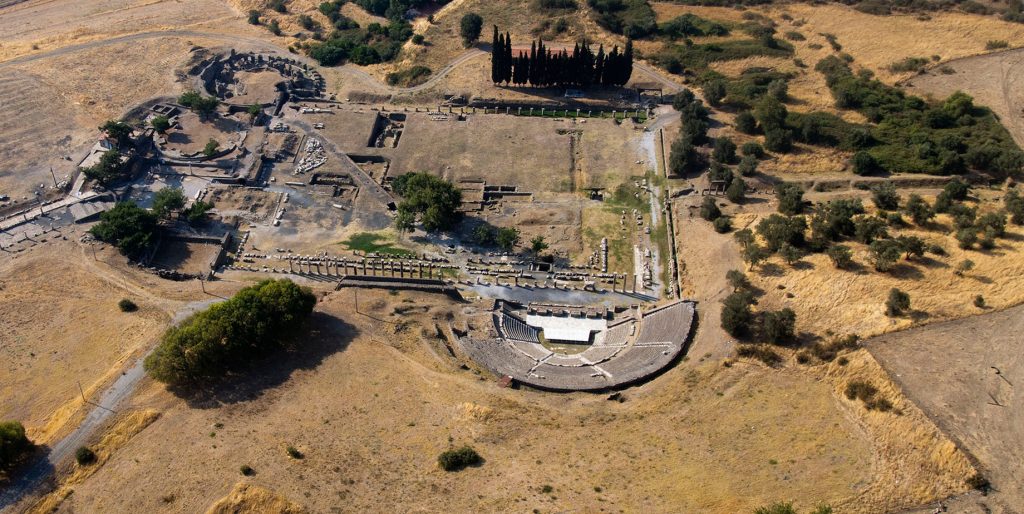
The Asklepieion 2015 (Photo: DAI Istanbul, Pergamongrabung)